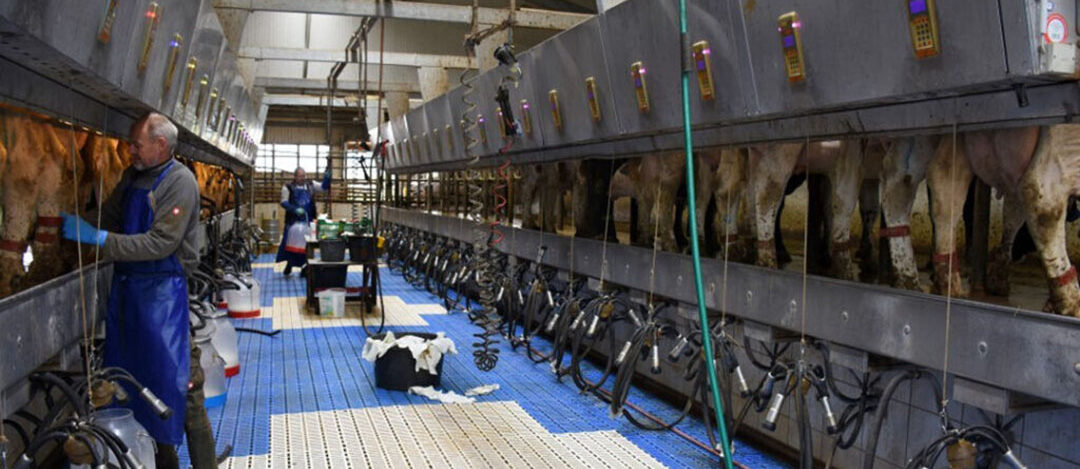10 must-read dairy farm stories: Around the globe in 2022
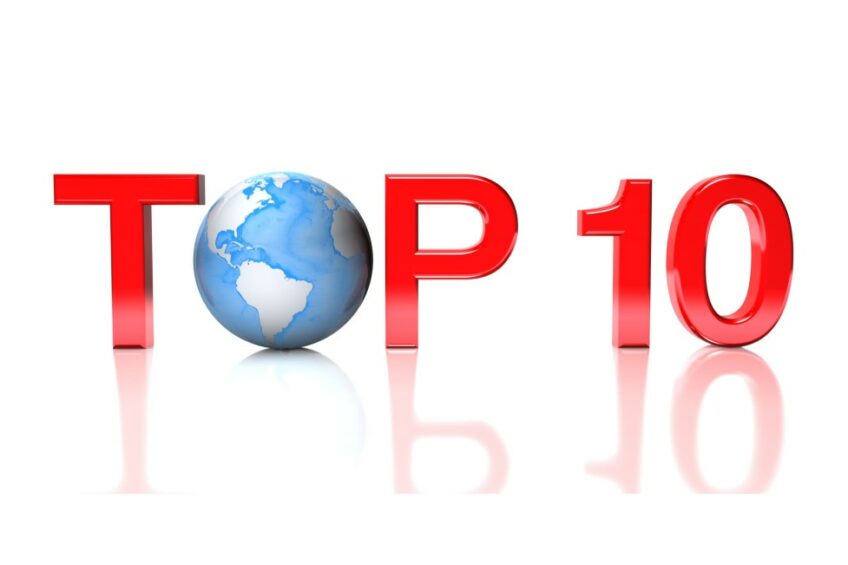
We bring you farm reports from all over the world. Exploring a German dairy farm’s net-zero journey to a farm in Ukraine forced to slaughter dairy cows – from staying brave on farm to celebrating traditional dairy products, here are some incredible dairy farm stories from 2022.
1. A German dairy farm’s net-zero journey with Nestlé
It can be said that everyone is talking about climate change – from dairy farmers to dairy consumers. So, it isn’t surprising that there are many involved in tackling climate change head-on. One such farm located in Northern Hesse, Germany, is doing just that in a bid to set an example to other dairy farmers. From regenerative agriculture to energy use – work on this farm will look at all possible aspects that can make a dairy farm as efficient as possible within the framework of combatting emissions.
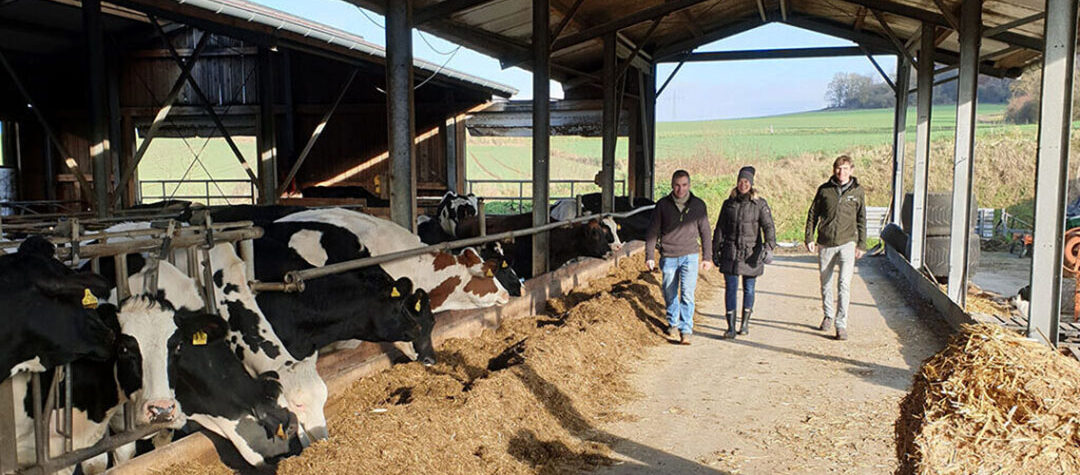
2. Dairy farmer trapped in Ukraine forced to slaughter cows
Russian soldiers have set up a base on a dairy farm in Ukraine taking over a farm office, 2 cars and food supplies. While the soldiers remain polite, farmer Andrii Pastushenko, 39, says his staff are working in fear but continue to do their jobs.
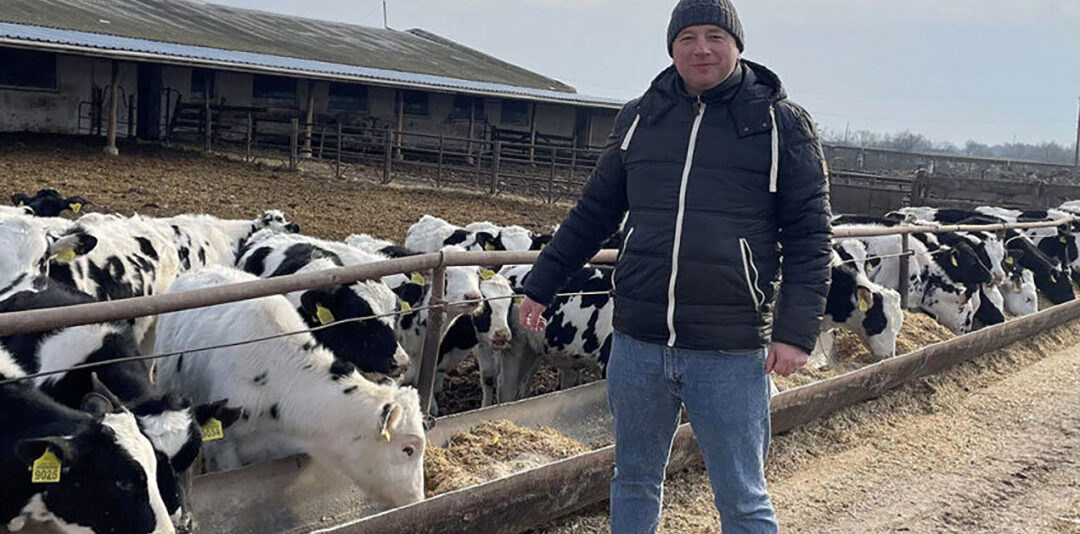
3. France: Self-sufficient dairy farm aims for better profits
Located about 40 km east of Dijon close to the sources of the Seine River, the Belin farm in Burgundy, France, has always aimed for self-sufficiency and profitability with some investments. This is a strategy that Simon Belin, the third generation on-farm, intends to continue.
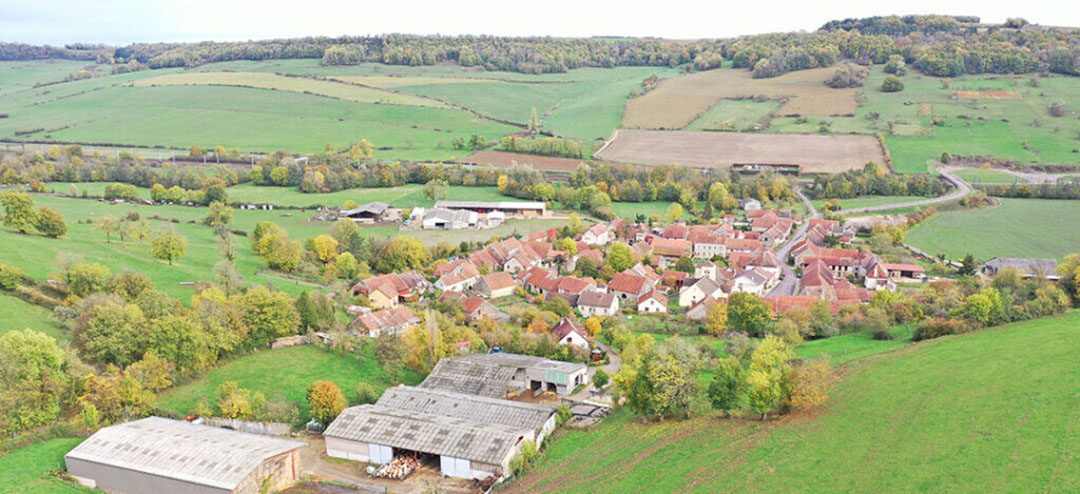
4. Adding value to an Icelandic dairy farm
Many dairy farmers add value to their milk by producing and selling their own butter, cheese or ice cream, but very few build a restaurant in their cow barn. That’s exactly what one family did in Iceland and are now enjoying extra income from the local and tourist trade, firmly putting their farm on the map.
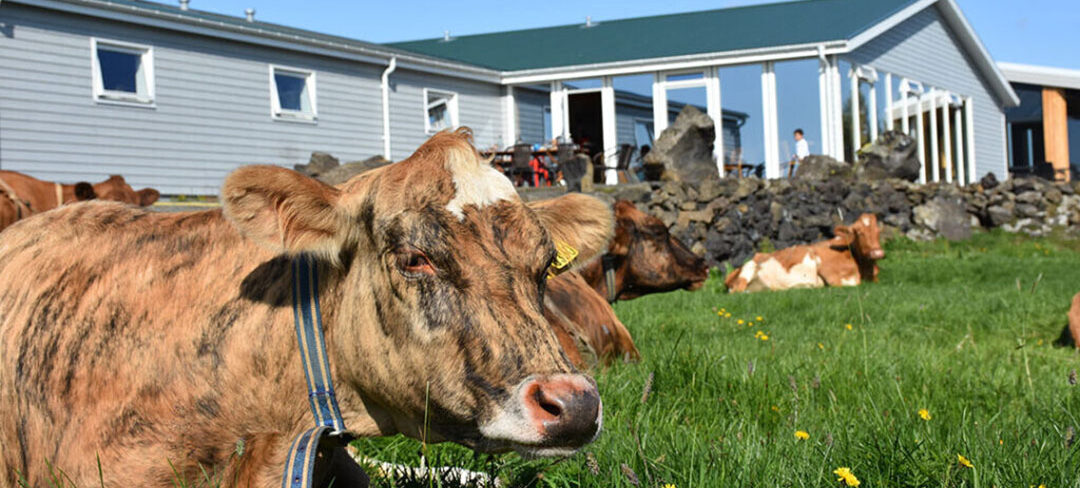
5. Modern dairy farming leads the way on the Faroe Islands
Milking cows on an island presents its own unique logistical challenges, but for dairy farmers on the Faroe Islands, new technology is leading the way. Positioned halfway between Iceland and Norway, and 320 km northwest of Scotland, the Faroe Islands is home to over 53,800 people. With the exception of cheese, the region is almost self-sufficient in providing its own dairy products produced by around 16 farms there.
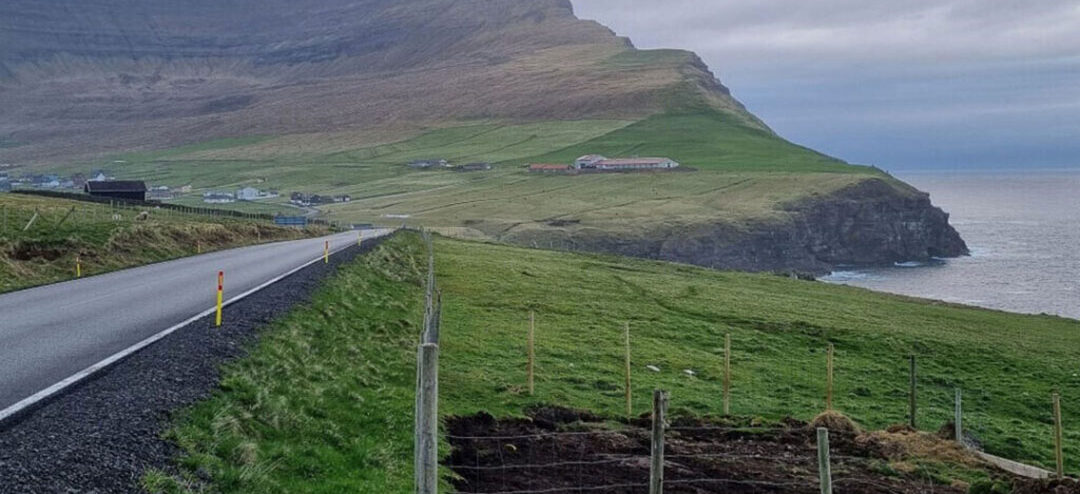
6. Danish dairy farmer reduces reliance on feed and protein
To offset his costs and be more self-sustainable in feed production, a Danish dairy farmer is growing the majority of the crops required for the herd on his farm. While dairy farmers worldwide continue to receive high prices for their milk, they are also paying out heavy expenses for feed and energy. That’s why 72-year-old Holger Hedelund Poulsen has been growing as much of his feed requirements as possible.
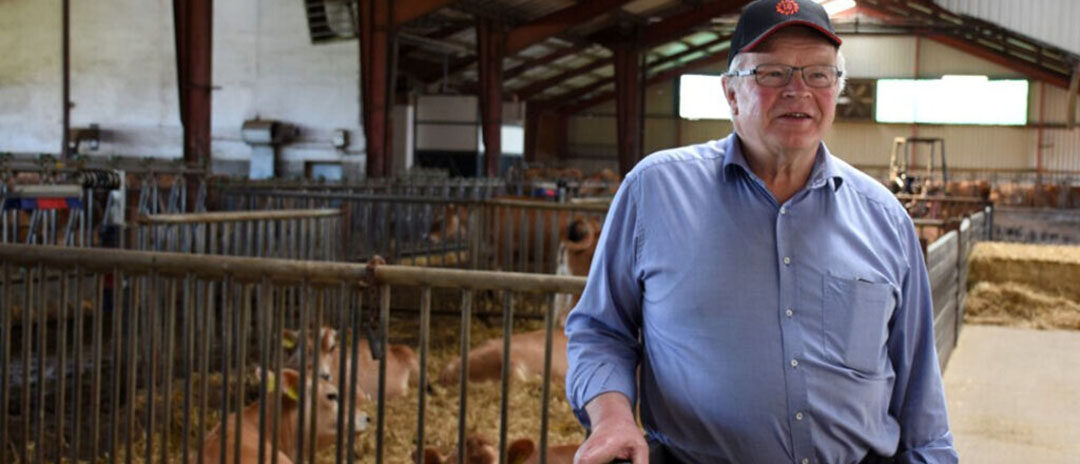
7. Brazil: Farm with awarded cheese and historical setting
Enjoying food involves taste, obviously, but as well the visual aspects, smell, and a good story. This is all that Atalaia Farm, located in Amparo city, São Paulo State, Brazil, brings with its awarded variety of cheeses. The farm stands out as a well-preserved example of history, architecture and culture from 1800 Brazil, when coffee was the main economic pillar for the country.
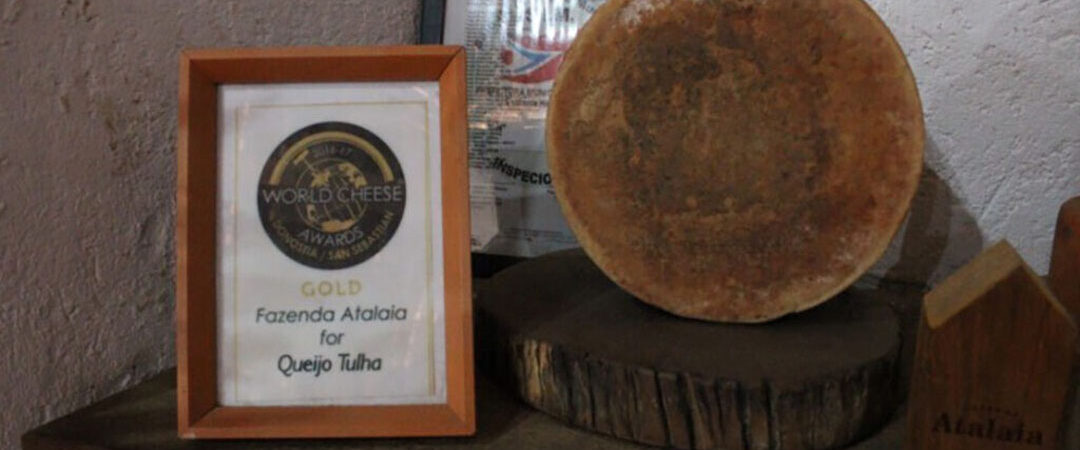
8. A dairy farm with a passion for Époisses cheese
In Origny-sur-Seine, in the north of Burgundy, France, we met Nicolas Jacquinot, one of the 4 associates of the family farm focused on the production of quality milk to produce Époisses cheese. Several conditions are of importance to produce this cheese. The Gaec des Marronniers is one of the 39 dairy farms authorised to produce milk intended for the production of Époisses cheese.

9. Pakistan’s true dairy potential yet to be unleashed
Although Pakistan is ranked in the top-5 dairy-producing countries in the world, its true potential in the global dairy industry is yet to be unleashed. With a population of 230.7 million people to feed, Pakistan’s dairy industry is largely underperforming, but there are huge efforts underway to improve it.
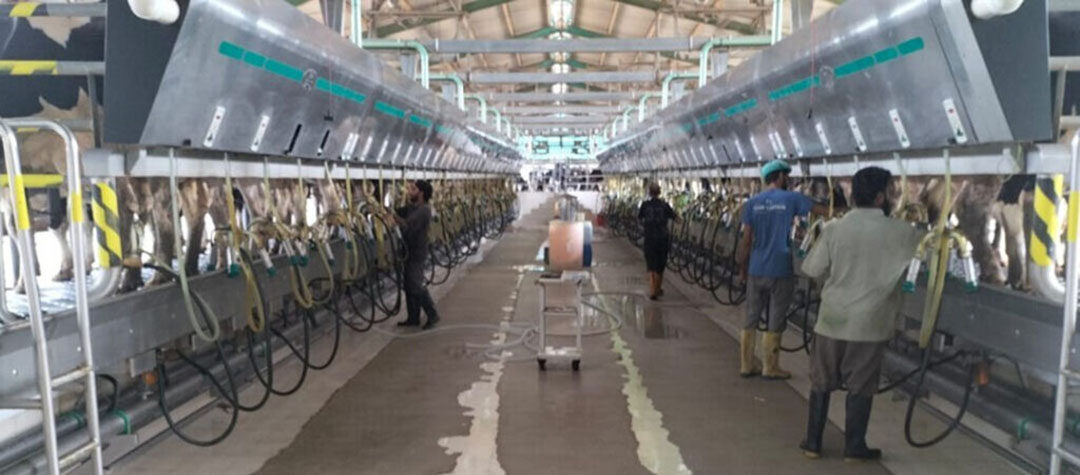
10. How good decisions financially benefit German dairy farm
With current high milk and electricity prices, a German dairy farm and its sister energy company are now reaping in the benefits of sound business decisions made only a few years ago. “Today, with the high milk and energy prices we are certainly doing well financially.”
